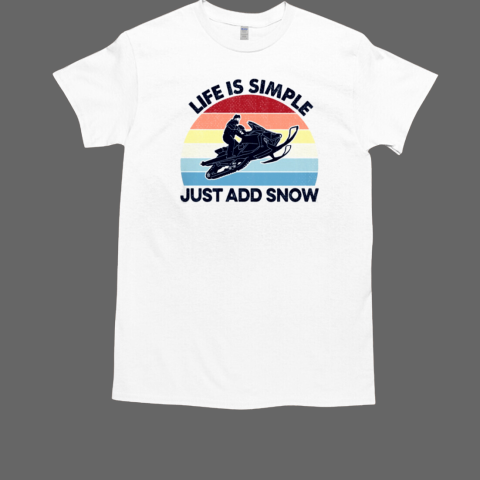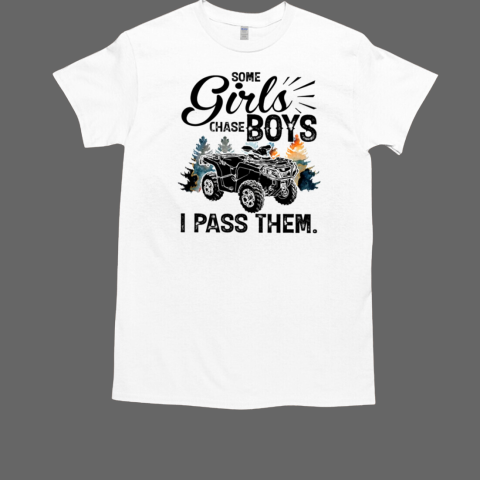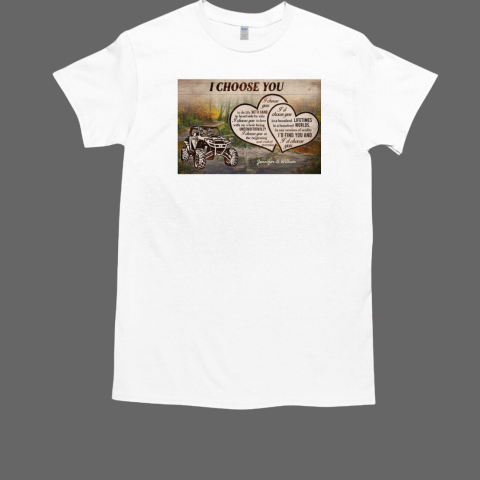Arkansas State Red Wolves 68 Ventures Bowl beats Falcons Champions T-Shirt
$27.99 Original price was: $27.99.$19.95Current price is: $19.95.

Screen printing on fabric is partly dependent on the fabric itself Arkansas State Red Wolves 68 Ventures Bowl beats Falcons Champions T-Shirt . and some fabrics are easier to work with than others. There are a number of variables in the screen printing process will affect your outcome, and the ink and curing process also make a big difference in terms of how the final product will come out. That being said, advances in ink technology have made it possible to print on an array of different materials without worrying too much about bleeding or about the color not sticking. If you’re looking to get a batch of t-shirts or other fabrics or garments screen printed, you need to know if you can actually expect the fabric to give you the result you desire or not. Since all fabrics are not the same, this article will help you understand what is the most suitable for printing on.
Arkansas State Red Wolves 68 Ventures Bowl beats Falcons Champions T-Shirt, hoodie, sweater, longsleeve and ladies t-shirt





You Can See More Product: https://kingteeshop.com/product-category/trending/
1. Order Processing Time
-
Order Handling: Orders are typically processed within 2–5 business days after successful payment.
-
Made-to-Order Production: Since many of our items are printed on demand, production may take a little longer during high-volume periods (e.g., holidays).
-
Orders placed on weekends or public holidays will be processed on the next business day.
2. Shipping Time Estimates
We ship worldwide. Estimated delivery times (after processing) are:
| Region | Estimated Delivery Time |
|---|---|
| United States | 5–10 business days |
| Canada | 7–12 business days |
| United Kingdom | 7–12 business days |
| Australia | 7–14 business days |
| Europe | 7–15 business days |
| Rest of World | 10–20 business days |
🕐 Note: Delivery times are estimates and may vary due to customs delays, carrier disruptions, or other unforeseen circumstances.
3. Shipping Rates
Shipping costs are calculated at checkout and vary depending on:
-
Shipping destination
-
Weight and quantity of items ordered
-
Current shipping carrier rates
We may offer free or discounted shipping promotions from time to time — be sure to check banners or newsletters for updates.









Anonymous –
Awesome!!! love it so much
Anonymous –
I’ve been looking for a perfect fit like this for months. This shirt is right on the money with the size.
Anonymous –
Très bonne matière, conforme à la description. La taille est exacte aussi et la couleur est exactement comme sur la photo.